Mistakes were made.
Pulling back the curtains here at the offices of Mike Eckman dot Com, I can imagine at least a few readers of this site believe there is a vault filled with a never-ending supply of mint condition, perfectly working cameras, glistening under hi-powered LED lights, much like how you might see fine works of art displayed in a museum.
The reality is, I’m just a guy who likes cameras, has a 9 to 5 job, a house, a wife, two kids, and a cat who writes camera reviews in his free time (the cat doesn’t write the reviews, I do).
When I decide which cameras to review, I try to select ones I think are interesting enough for a review, but more importantly, they have to work. On the occasion that I want to review a dead camera, they often are part of the Cameras of the Dead series, but sometimes I get a model that’s somewhere in between. A model that came to me in some various state of disarray, in poor condition, and barely working, but not quite dead. If a camera is important enough and I think I can work around it’s faults, I’ll still give it a go.
This is what happened in March 2018 when I reviewed the Zeiss-Ikon Contessa 35. This was a camera that didn’t work when I got it. The shutter was frozen, the viewfinder was very cloudy, the lens had fungus in it, and it stunk. I was able to sufficiently get the shutter apart and cleaned enough to where it fired, and I was able to clean off the exterior haze making the viewfinder a little better, but it was still pretty bad. I couldn’t do much about the lens fungus as it was in between elements, and as for the stench, I could live with it. Thankfully, no one has come up with a “Smell-O-Vision” WordPress plugin, so you readers were safe.
I knew the Contessa had issues, but I felt I could look past them so that when I made my opinion known in the review, I could still be fair and see the camera for how it should be, rather than how this one really was.
I didn’t care much for the Contessa 35. Sure, I knew Zeiss-Ikon made great cameras, and the Tessar lens should be capable of great images. This was Hubert Nerwin’s response to Nagel’s Retina, and it matched it pretty fairly feature for feature, but I didn’t care for the ergonomics. I found the location of all the shutter controls to be cramped. I didn’t like the very narrow focusing ring around the lens either. But my biggest complaint was what looked to be a trapezoid shaped viewfinder window that was difficult to frame. Why would Zeiss-Ikon make a camera like this?
In the years since that review was posted, a few readers pointed out my mistakes. They said that the viewfinder on that camera was clearly missing a piece as there should be a frame inside that retains an accurate rectangle shape, and that my rangefinder was off, throwing off my focus, and that the poor condition of my example unfairly impacted my review.
I responded to those readers saying thanks for the comments, acknowledged that they were probably right, but without a second Contessa to compare to, I shrugged my shoulders and vowed to do better on future reviews.
Then, one day I received an email from a reader named Peter Paar who was so confident that I would like the Zeiss-Ikon Contessa 35 more if I had a better example, he offered to send one to me that worked perfectly. I agreed, and the camera arrived a week or so later, ready for it’s redemption. Unfortunately, this happened in March 2020, the exact same time the world shut down due to COVID-19, so the camera sat on my shelf, delayed before I could shoot it.
Things got better later that summer and I was able to make inroads into my backlog, including the Zeiss-Ikon Contessa 35, so I loaded in a roll of Kodak Portra 400 and went shooting.
After having a chance to use Peter’s Contessa, I absolutely agree with his and my other reader’s assessments that my original review wasn’t fair to the camera. Zeiss-Ikon cameras are up there with some of the best ever made, and the Zeiss-Ikon Contessa 35 is no exception. Peter did not say whether or not his camera had a recent CLA, but based on the condition and smoothness of all of it’s controls, I can’t imagine that this one has gone this long without being serviced at least once.
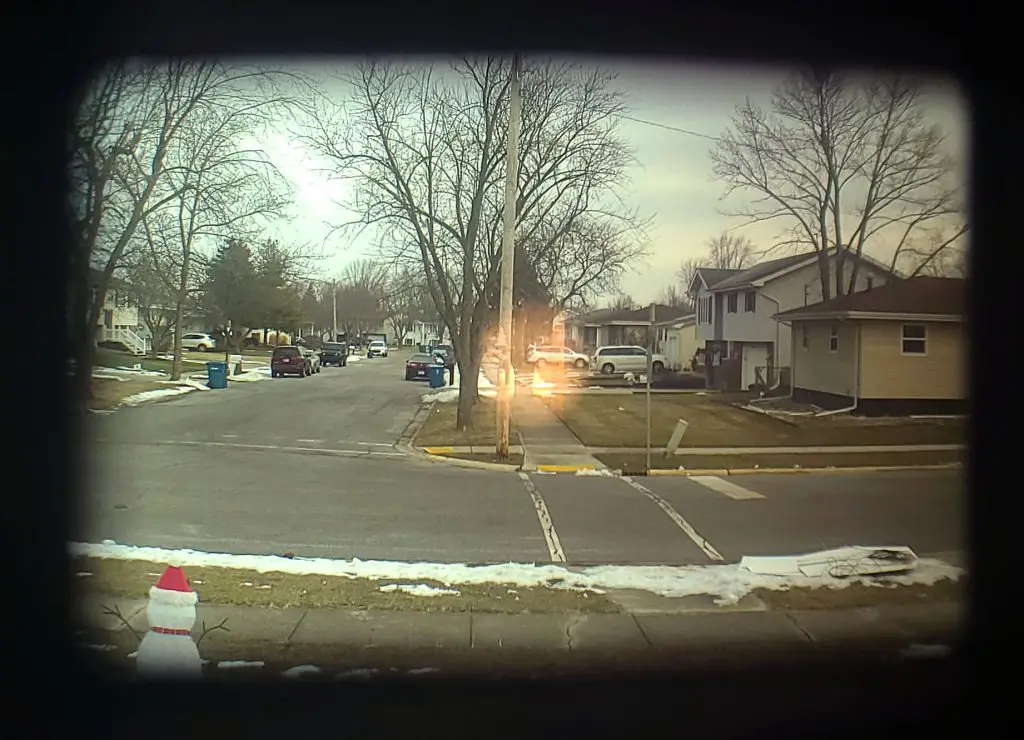
The viewfinder was bright and easy to use with a crisp and contrasty rangefinder patch, and had the piece needed to make a proper rectangle image. The lens was crystal clear, the shutter worked at all speeds, and all of the camera’s various controls, from the film advance to the focus, shutter speed dial, and aperture control was smooth, without any grit or unnecessary resistance. Even the meter worked!
Based on this example, when found in good working condition, I am confident in my declaration that these cameras are every bit as well built and capable as any Retina that ever came out of Stuttgart.
But…
One of the complaints from my original review remains. No matter how nice this camera was, I still didn’t love the ergonomics. The controls around the shutter are very crowded. Focus is changed by straddling the door with your left hand and gripping a 2mm thick ring around the lens, changing shutter speeds can only be done by gripping the equally narrow shutter speed ring on opposing sides of the shutter and rotating it between your index finger and thumb, aperture is changed via a 1mm thick textured ring right up against the lens mount, and finally cocking the shutter requires pressing down on a smaller version of the shutter release barrel that’s so tightly squished in there, that it is actually cut in half in a semi-half-barrel shape.
Don’t get me wrong, it all works, and none of these controls make the camera impossible to use. I’ll concede that with time, a regular user of this camera would likely get used to these controls and not be bothered by them, but the issue I still have is it never needed to be this complicated in the first place. Looking at other German folding cameras like the Retina and others by Voigtländer, Certo, and Balda none of them have controls that are this cramped and awkward to use.
To Peter and the other people who emailed me with their disapproval at my earlier Contessa review, hopefully you’re not too disappointed that I still don’t overwhelmingly love the Contessa, but the ergonomics on it just aren’t for me. That aside, I do believe I did the camera an injustice in that original review by forming an opinion in a less than optimal model. When found in good working condition, the Zeiss-Ikon Contessa 35 is as smooth and precise as any camera out there, it has an excellent Tessar lens that delivers great images, and maybe for someone that’s not me, this camera’s ergonomics are more compatible with your shooting style.
Thanks Peter for letting me borrow your camera, I may still not love it, but you were right, it was definitely deserving of a second look!


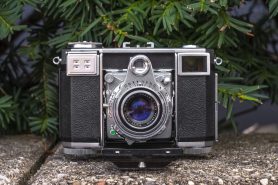
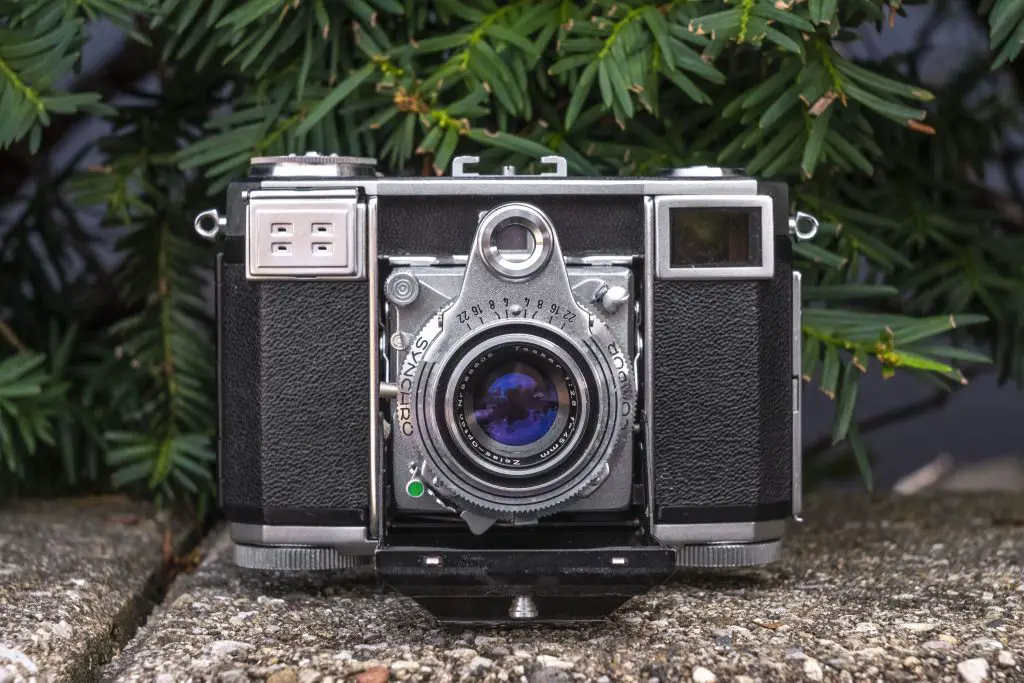
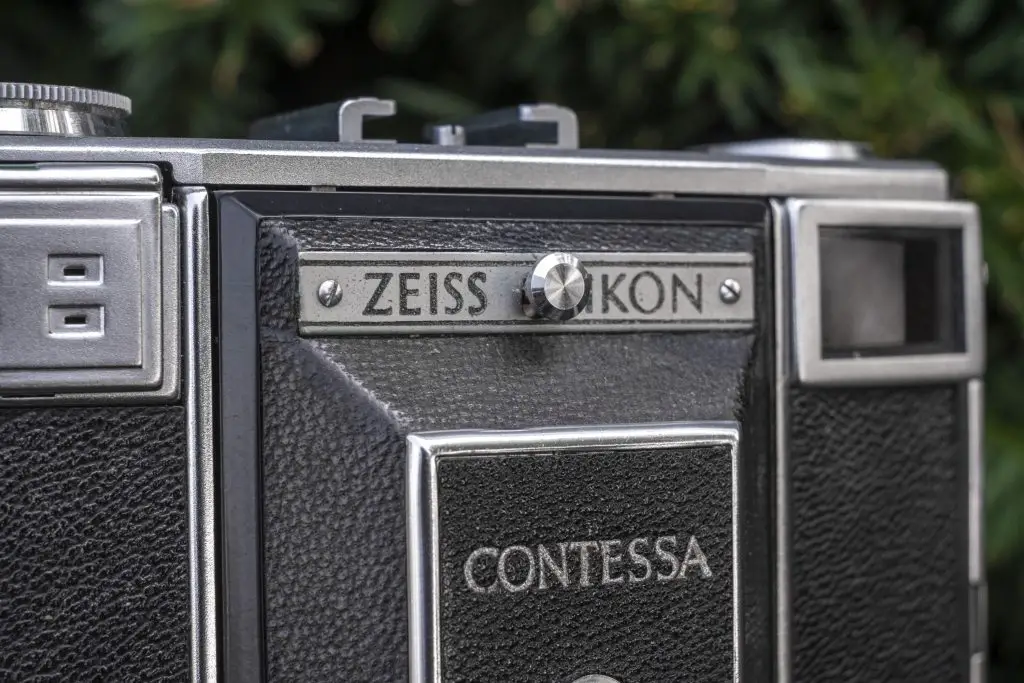
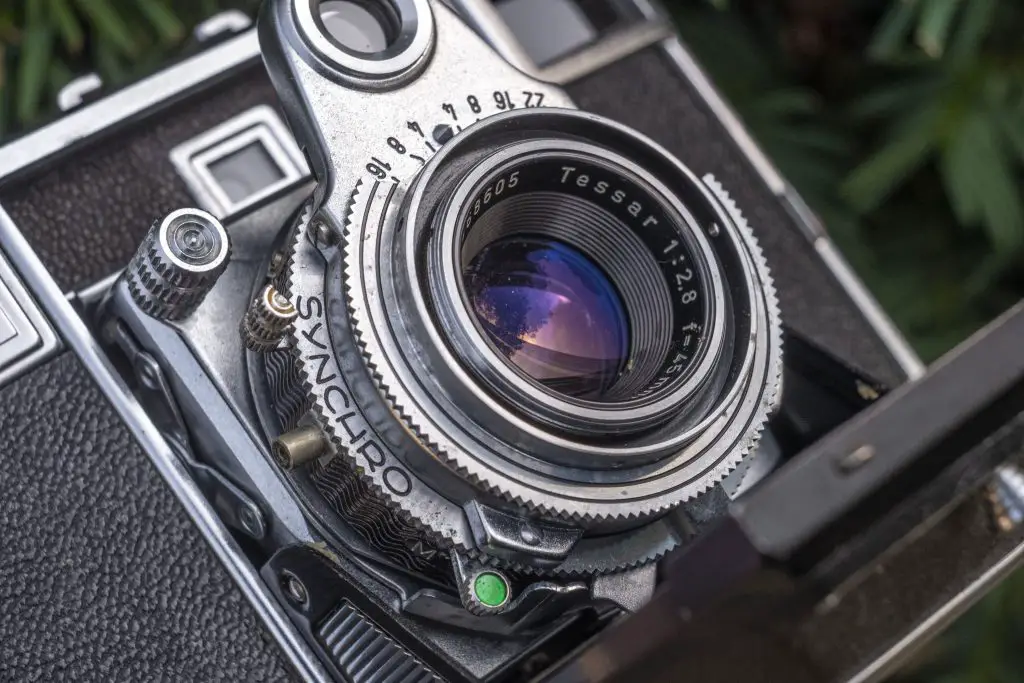
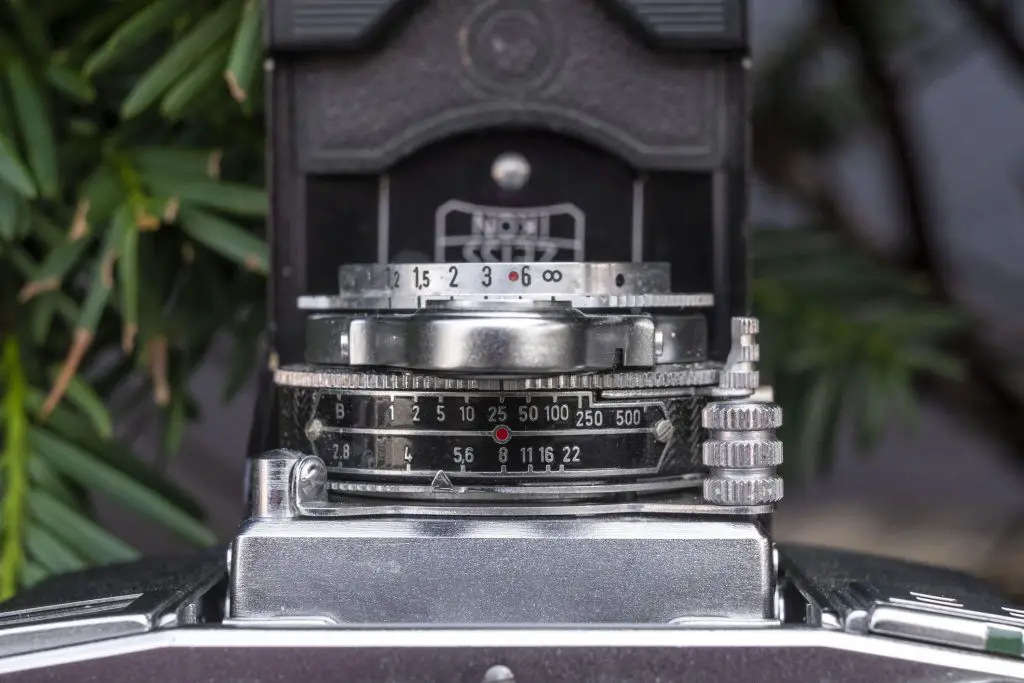














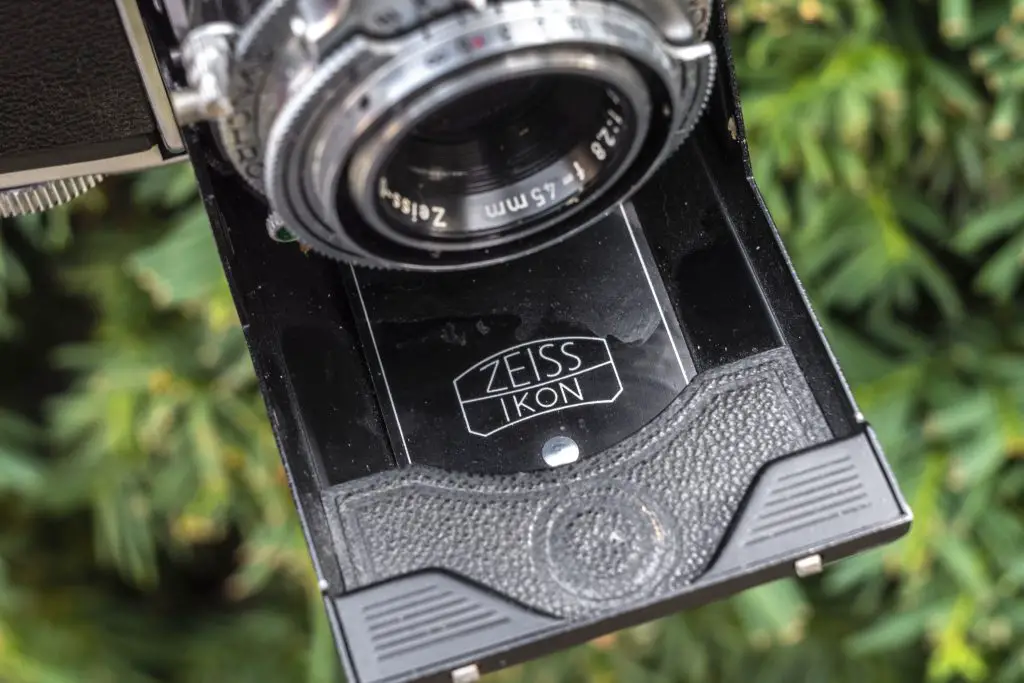
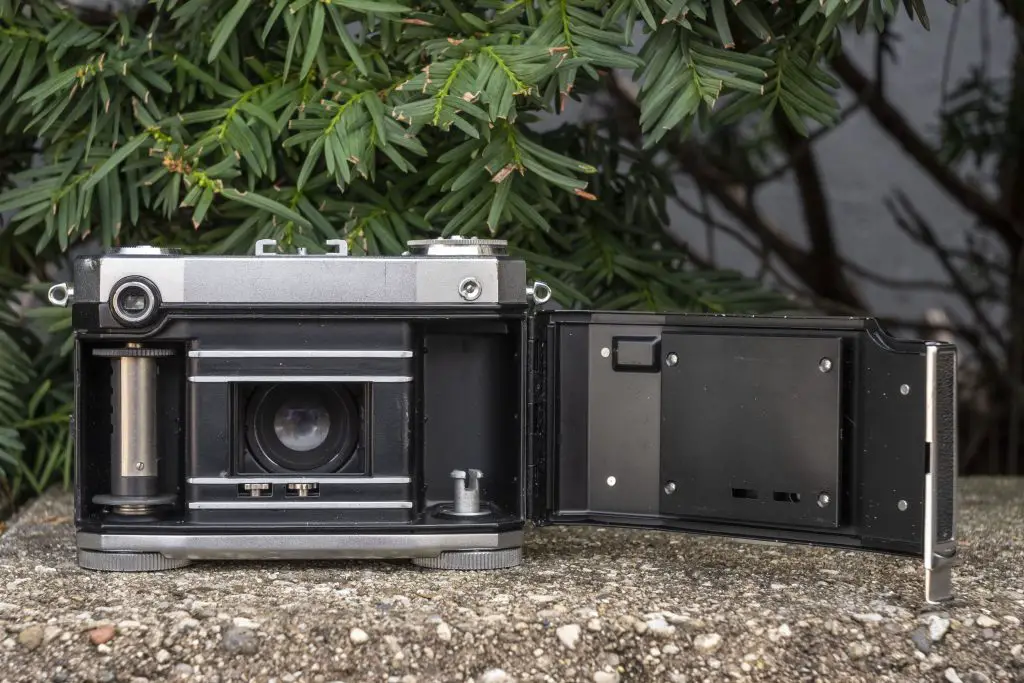
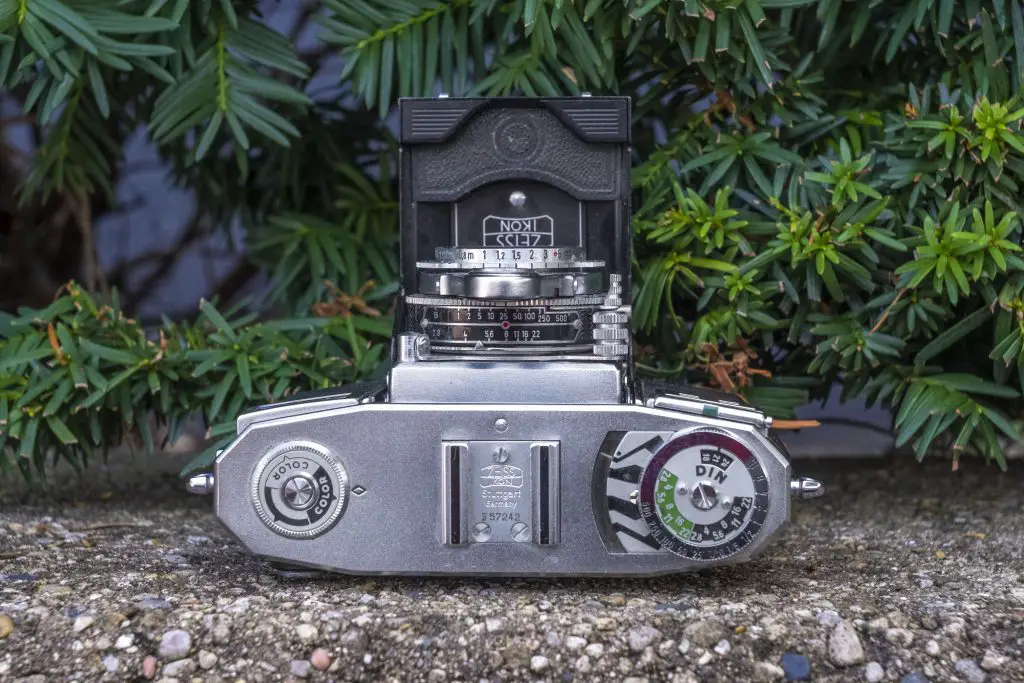
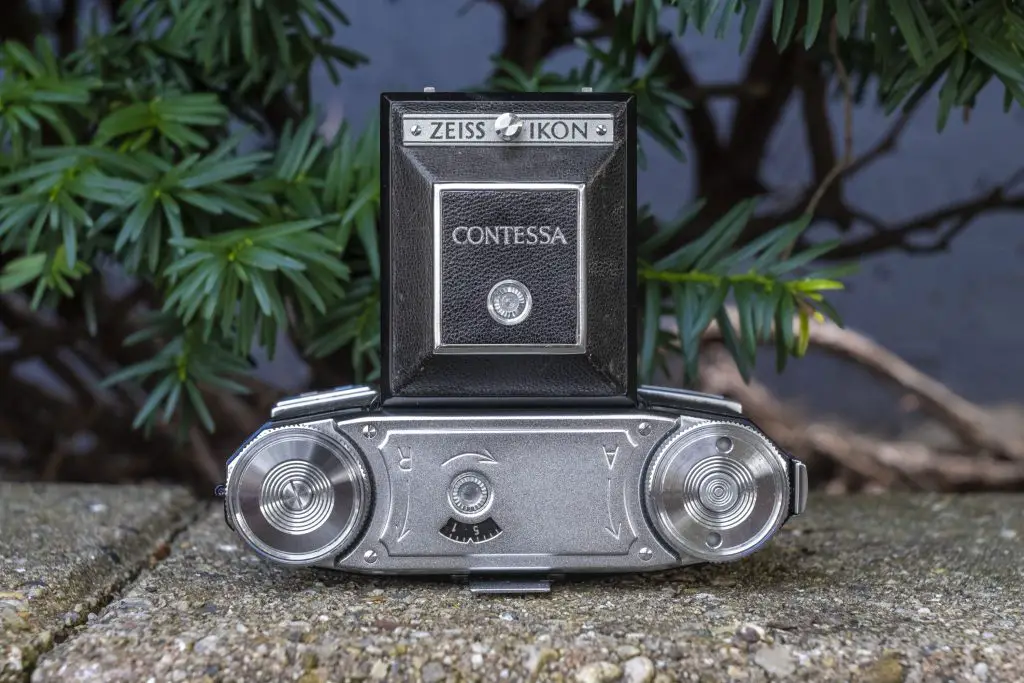
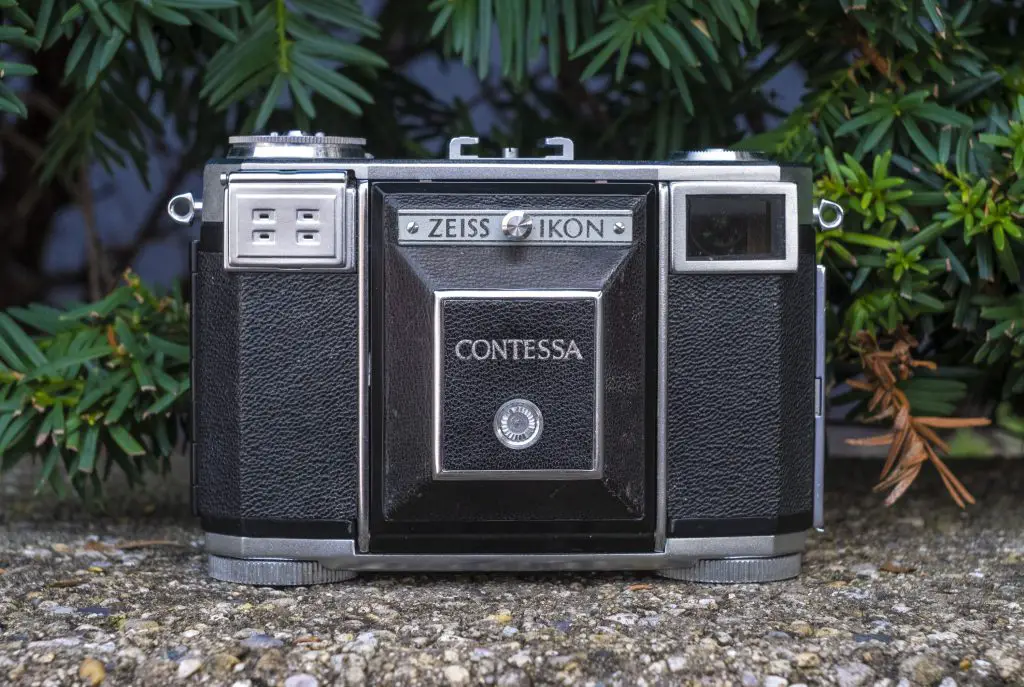
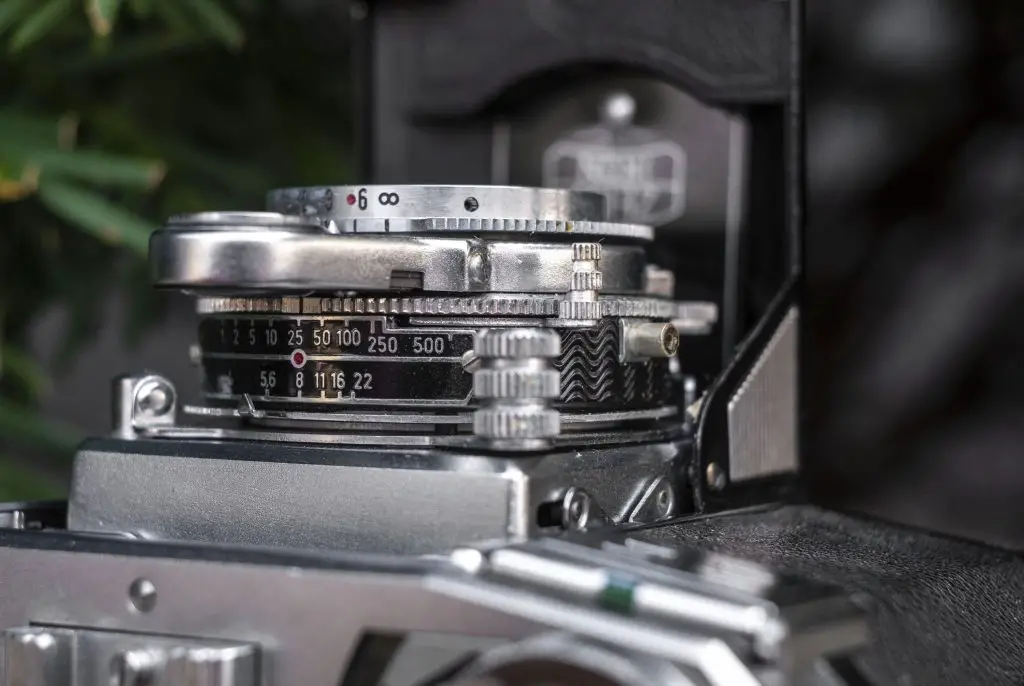
I recently acquired one and have been struggling with the ergonomics. I wear reading glasses and find it hard to use because the settings are hard for me to see. To be fair I will be giving the camera some use.
I talk about the small viewfinder in my original review. I didn’t bring it up again as it really wasn’t a sticking point for me. The size of the viewfinder on the Contessa is typical of rangefinders from the era, so it’s definitely not a deal breaker, but for someone who wears prescription glasses, it does add an extra layer of difficulty.
Mike, That could be an interesting add-on to your fix-it project camera reviews: Seek out a proven, possibly CLA’d copy of a camera to borrow and match its performance against the one you have. Evaluate the good/bad comments from both… we’d be interested!
Just for the record: The camera was purchased in 2013 in its present condition. I have never had it CLA’ed. I shot one roll with it and found so difficult to use that it did not ever use it again. In addition to the problems Mike alluded to the winding knob and the film counter are awkwardly placed on the bottom plate. While the Contessa is an attractive camera that was manufactured to the highest standards its design puts it in contention for the title of “Worst Designed Camera”.
Thanks for the clarification Peter! Your camera might not have been serviced in the last 7 years but it certainly feels like it!
That camera has been well taken care of by the previous owners. The tripod bushing protector screw is in place, and those get lost very easily.
Also the camera is a late production example judging by the S/N (BXXX = 1954-5)
The compur shutters work fine even without service as long as there is no corrosion in them, so it is plausible that the camera hasnt been serviced.
Bless you. For redeeming yourself. I own a perfect example, and with the exception of the somewhat unusual shutter release arrangement- which would become a non-issue if I shot a roll through every week, and used it as a daily shooter- this is by far the best of the 35mm folders I own. My meter even works. I love the Retinas, and appreciate the various lenses available for those cameras, but the Contessa beats them.
For a 35mm folder, beyond opening it up and taking photos, one of my main tests is to put it in my hip pocket and spend the day with it. If it resides in that pocket without any discomfort throughout the day- hopefully making itself almost unnoticeable as I wander about- I am very happy. While the Retina I folders (without rangefinder) are king in this category, the Contessa is definitely king in the rangefinder category.
OBTW, after much patience, I recently landed a Retina I with 3.5/50 Zeiss Tessar. Absolutely overjoyed with this camera. Just load TriX or HP5; go with ISO 800, or even 1600; set aperture at F11 or F16; and fire away.
Honestly, when I read your first take, my response was to think that your capacity to review cameras in a meaningful way was refreshing and top-notch, but I could not take your taste or ratings too seriously. This camera, given convenience and performance, could be the only camera a person (not inflicted with the vintage camera bug) ever needs. Your reviews on the Retina I camera pointed me toward the joy of these cameras. I thank you for that.
If I had a wish, pertaining to this camera, the only thing I would change is……replacing the 2.8 Tessar with a 3.5 Tessar. Over the years, and now that I have put the “speed” thing behind me, I consider the 3.5 Tessar to be one of the best lenses Zeiss ever created. I find the function and form of the Contessa makes shooting at very low shutter speeds a very productive effort.
Sorry about screwing up the post above. It should have read:
Bless you. For redeeming yourself. I own a perfect example, and with the exception of the somewhat unusual shutter release arrangement- which would become a non-issue if I shot a roll through every week, and used it as a daily shooter- this is by far the best of the 35mm folders I own. My meter even works. I love the Retinas, and appreciate the various lenses available for those cameras, but the Contessa beats them.
For a 35mm folder, beyond opening it up and taking photos, one of my main tests is to put it in my hip pocket and spend the day with it. If it resides in that pocket without any discomfort throughout the day- hopefully making itself almost unnoticeable as I wander about- I am very happy. While the Retina I folders (without rangefinder) are king in this category, the Contessa is definitely king in the rangefinder category.
OBTW, after much patience, I recently landed a Retina I with 3.5/50 Zeiss Tessar. Absolutely overjoyed with this camera. Just load TriX or HP5; go with ISO 800, or even 1600; set aperture at F11 or F16; and fire away. This camera, given convenience and performance, could be the only camera a person (not inflicted with the vintage camera bug) ever needs. Your reviews on the Retina I camera pointed me toward the joy of these cameras. I thank you for that.
Honestly, when I read your first take on the Contessa, my response was to think that your capacity to review cameras in a meaningful, refreshing manner and top-notch; but ,I could not take your taste or ratings too seriously.
If I had a wish, pertaining to Contessa, the only thing I would change is……replacing the 2.8 Tessar with a 3.5 Tessar. Over the years, and now that I have put the “speed” thing behind me, I consider the 3.5 Tessar to be one of the best lenses Zeiss ever created. I find the function and form of the Contessa makes shooting at very low shutter speeds a very productive effort.
Thanks for the feedback Wayne, and don’t worry about the double post, it happens! 🙂
I am not foolish enough to think that I always get everything right the first time. In fact, I actually like it when people correct me or offer differing opinions. In the case of the Contessa, the feedback was so overwhelmingly suggestive that I give it another shot, that once I had an opportunity with a much better example, I knew I had to do it. Peter actually sent me a second camera that he feels I got wrong that I am working on a “Second Look’. At my site enters it’s 7th year, I actually want to go back and revisit some of my earlier reviews. Even those where I don’t think I missed anything, my style is a bit different than when I first started doing this, so it would be nice to freshen up some of those.
Thanks for the feedback, and I am happy that you enjoy reading my site, even if you don’t always agree with my tastes! 🙂
I am also glad that I was able to turn you onto the Retina I. Although they’re VERY different cameras, the Rollei 35 shares some of the same “fast shooting” attributes of the Retina I. Hmm, maybe I should have a review of the Rollei 35 some day (foreshadowing intended)!
I am use a Zeiss Ikon Contessa 35 as I am writing this note. To me it one of my “winter cameras” because of it size. I put it inside my coat pull it out when I want to take a picture and than put it back in my coat. I per set the camera before each shot. For those reasons I like the camera.
I received one over the holidays from my father as a gift. I found out it had most of a roll of film in 24 exposure Kodak 400 color was all the little note card tucked inside the case said. Well, most of that roll about 20 shots have yet to be used. So one day, I picked it up, reviewed some instructional websites again and have been busy using the rest of that film. I am not sure if the light seals are good or not, I will find out soon. Yes it is a slow camera, and seems awkward to use. That slowing down process and the very deliberate way you have to take the photo somehow appeals to me. Would this be an everyday camera for me? Probably not, my everyday film camera is my Konica Autoreflex T2. If I want speed, I will use my Fuji X-body. It is a beauty of a camera to behold.
Mike, in your initial review, you mention as an aside that you have a cat that writes reviews, then add in a parenthetical that you write these reviews. And with zoom, we now have lawyers who err with technology and compound the flub with a faux pas by declaring to a judge that the lawyer is not a cat.
Your note made me wonder if you might have had the pleasure of reading the tales of archy and mehitabel. If not, here’s a Wikipedia summary. They are a quick and very amusing read. Thank you for the insightful reviews.
“Archy and Mehitabel (styled as archy and mehitabel) are the names of two fictional characters created in 1916, by Don Marquis, a columnist for The Evening Sun newspaper in New York City. Archy, a cockroach, and Mehitabel, an alley cat, appeared in hundreds of humorous verses and short stories in Marquis’ daily column, “The Sun Dial”. Their exploits were first collected in the 1927 book archy and mehitabel, which remains in print today, and in two later volumes, archys life of mehitabel (1933) and archy does his part (1935). Many editions are recognized by their iconic illustrations by George Herriman, the creator of Krazy Kat”
Roland, you have stumbled upon the “big lie”. It turns out a secret society of cats are the true rulers of the internet. My supreme leader, Sir Fuzzypaws only feeds me when I get reviews out. The only reason I am permitted to tell you this is because you are already aware of their plans. Be prepared to be assimilated. Resistance is futile. 🙂
Sorry to be late to the party, but I’m happy to see a review of this camera. It is one of my favorites, and my copy has been overhauled by Henry Scherer, the Zeiss repair guru. Mike is right about the handling — its as if Zeiss couldn’t give up a nod to the 1930s in the mid-1050s. Both standards today are … different. That said, the cock and click shutter isn’t a deal breaker. What was a challenge for me, since i wear glasses, was the typical squinty viewfinder of the era. My workaround — a silver contemporary Voigtlander 50 mm viewfinder in the cold shoe. The view is close enough to the 45mm F2.8 lens. The camera is my favorite travel kit. It is a quality compact in all respects.
I have one someone gave me. It’s in great condition except the light meter doesn’t work. I put a yellow k2 filter on it and a roll of Agfa 100 and really enjoy it. Ive found that I usually shoot it in bright sunlight at either 100 or 250 shutter. I only have to adjust either occasionally. I pretty much look down quickly adjust my shutter and aperture then place my finger on the focus ring, lift it to my eye, focus and click. It’s pretty easy once you get used to it and I just love the nostalgia and quality of the camera it’s easy to put up with the small annoyances. Oh and the picture quality is great!
Astoundingly, nobody has pointed out that focusing is meant to be achieved by using your left index finger with the camera lifted to your eye ready for shooting.. (Now, with age the ring may be stiff, sometimes you will need help from the opposite finger.) This was possibly inherited from the Super Ikonta – with both old and new models some more features were shared. I agree the camera takes some getting used to, but result can be great!